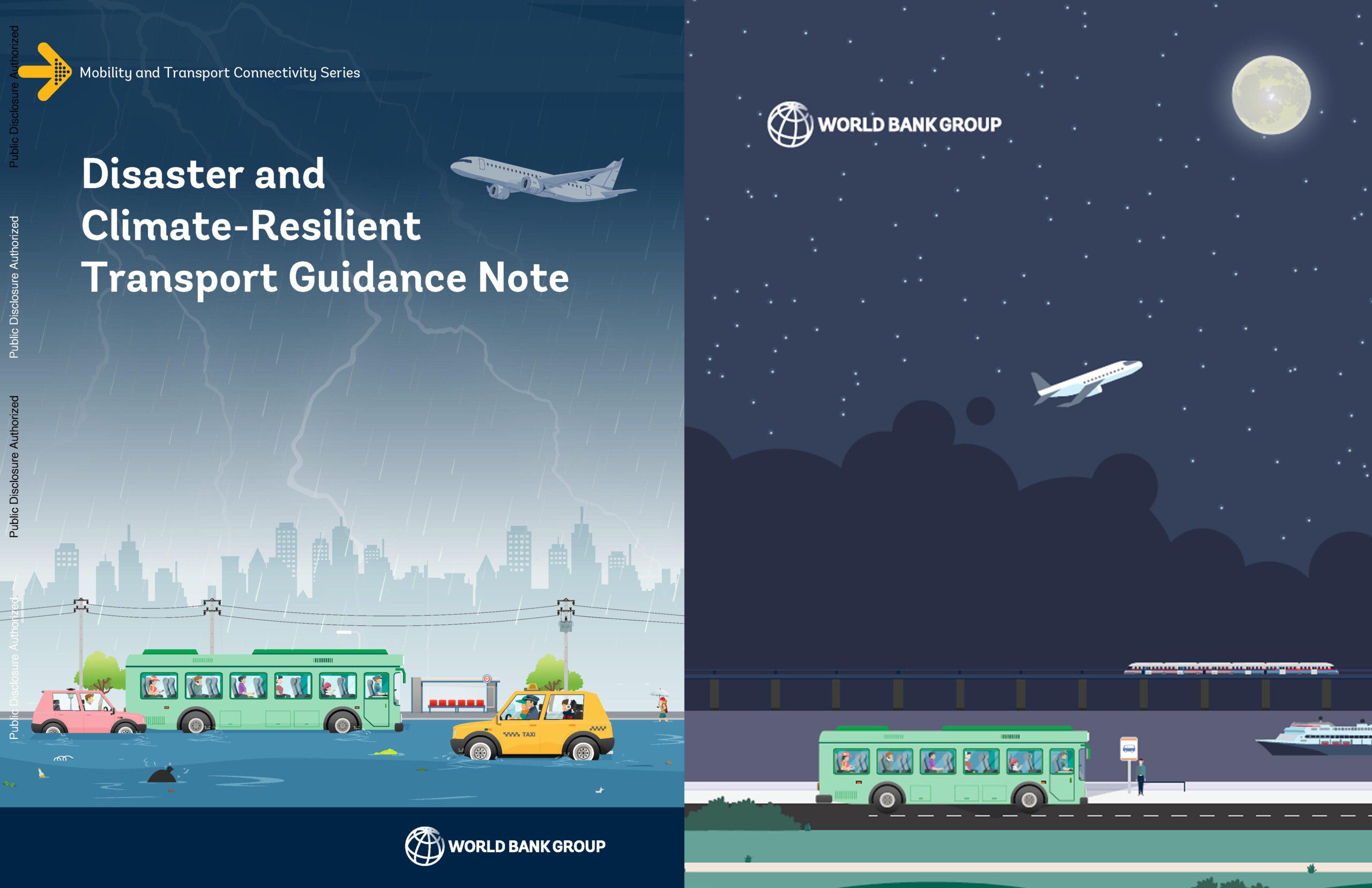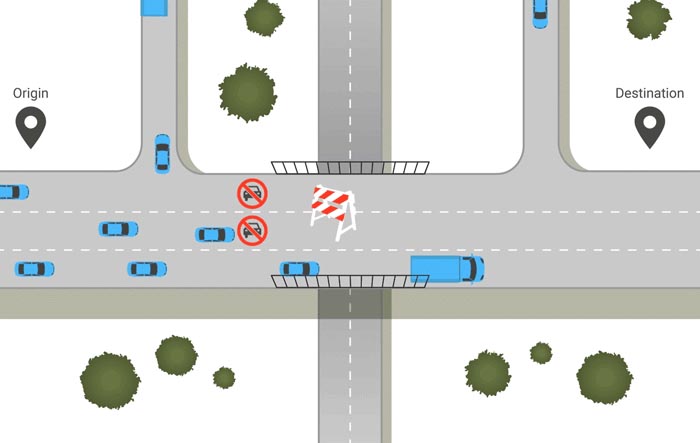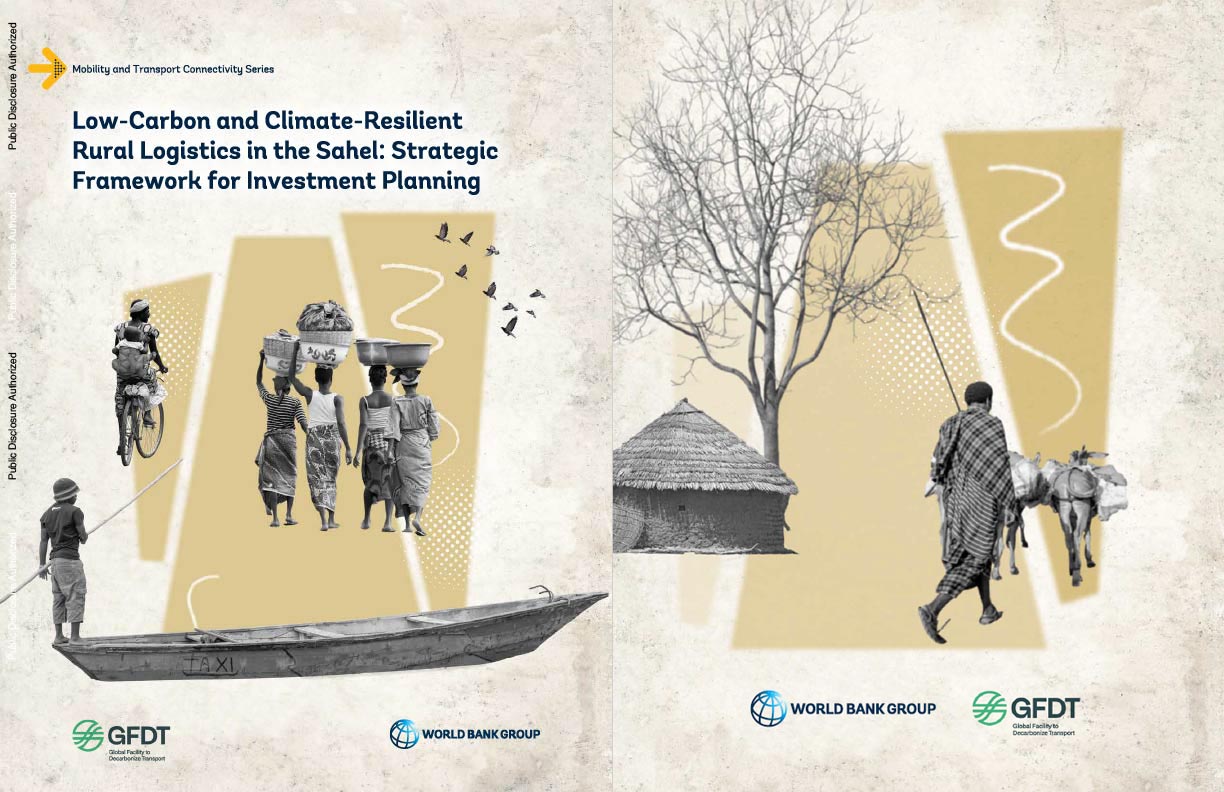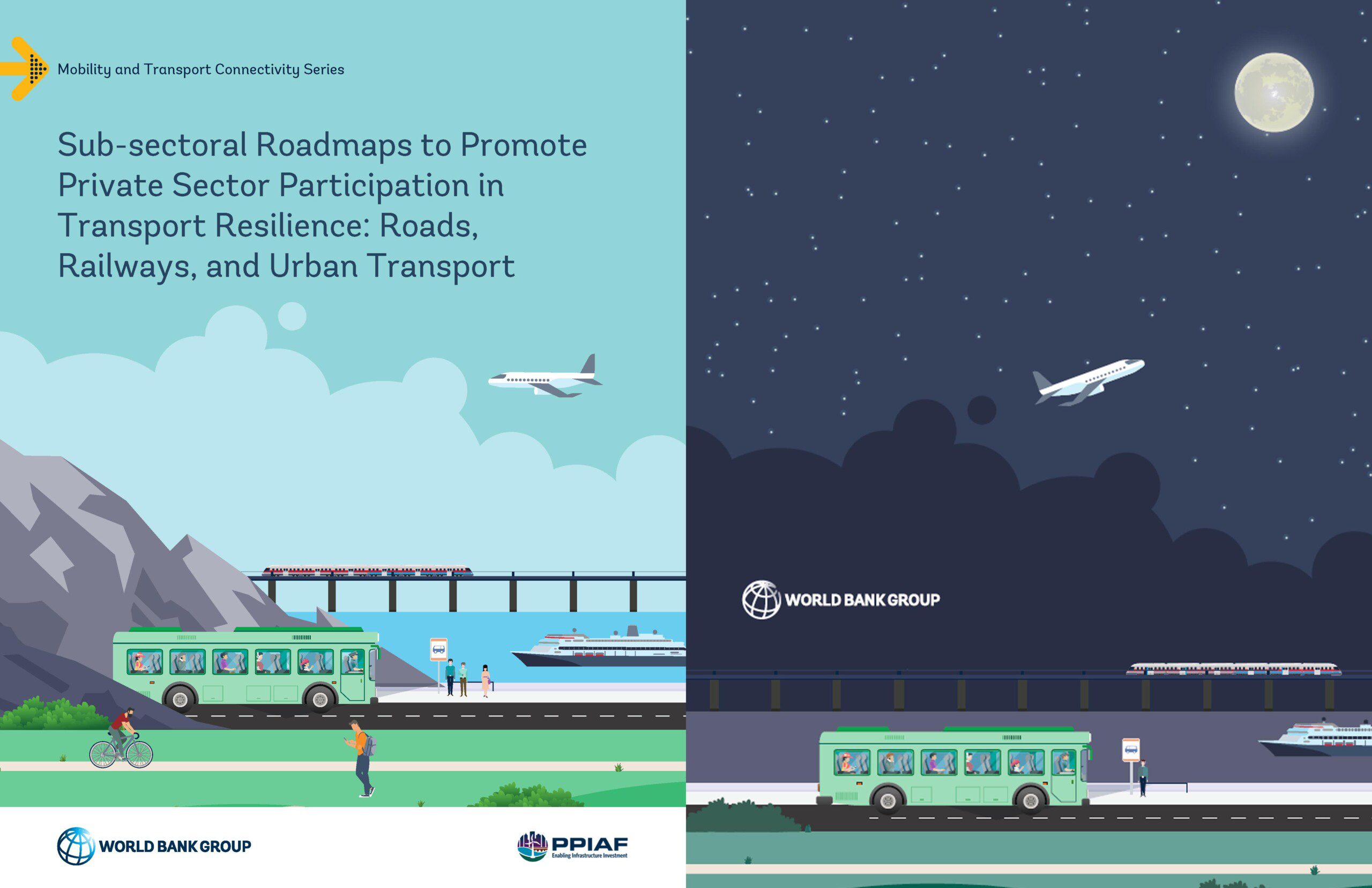by Fani Gelagoti
Share
Share
This flagship publication provides a comprehensive framework for integrating climate and disaster resilience into transport systems, recognizing the growing risks posed by extreme weather events and long-term climate change. As disruptions to transport networks increasingly threaten trade, mobility, and economic stability, this Guidance Note equips decision-makers with practical strategies to strengthen the resilience of transport infrastructure and ensure business continuity and community connectivity.
Developed under the World Bank’s commitment to scale up climate finance to USD 40 billion annually by 2025, the report introduces a life-cycle, five-pillar approach that embeds resilience considerations into every phase of transport infrastructure development—from system planning and financing, to engineering and design, operations and maintenance, contingency planning, and institutional coordination. This structured methodology helps practitioners move beyond physical “hardening” of assets toward a systems-based approach that integrates adaptation, sustainability, and long-term risk reduction.
The publication offers strategic guidance, best practices, and case studies from around the world, illustrating how resilience can be operationalized across transport modes, including highways, rural roads, urban mobility, railways, maritime and inland waterways, aviation, and coastal transport infrastructure.
Aimed at policymakers, engineers, transport authorities, and development professionals, the Guidance Note serves as a practical reference for embedding climate resilience into investment planning and project implementation, ultimately supporting sustainable growth and safer, more adaptive transport systems.
Citation
“Oceane Keou; Dehghani, Mohammad; Breteau, Maxence Guillaume Jean louis. 2025. Disaster and Climate-Resilient Transport Guidance Note. © World Bank. http://hdl.handle.net/10986/43274 License: CC BY-NC 3.0 IGO.”
STAY IN THE LOOP







